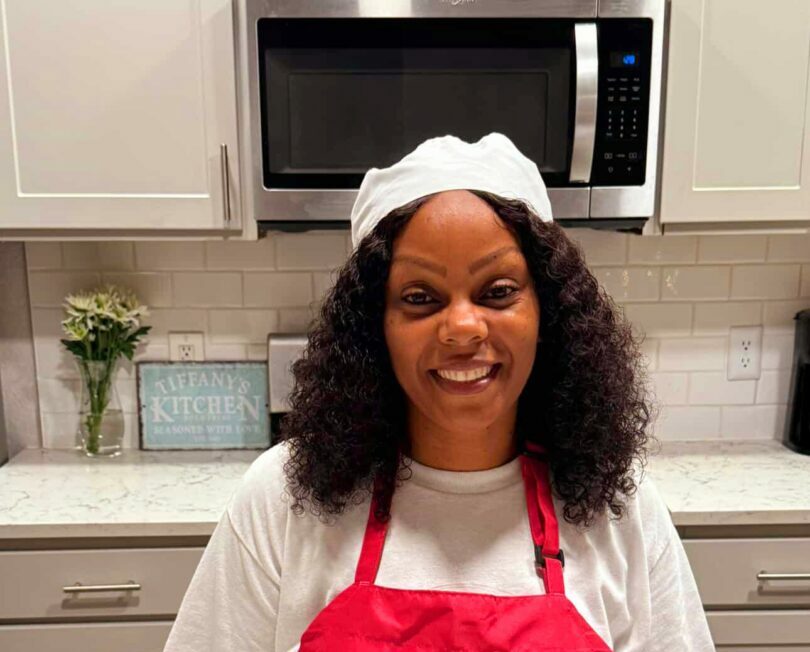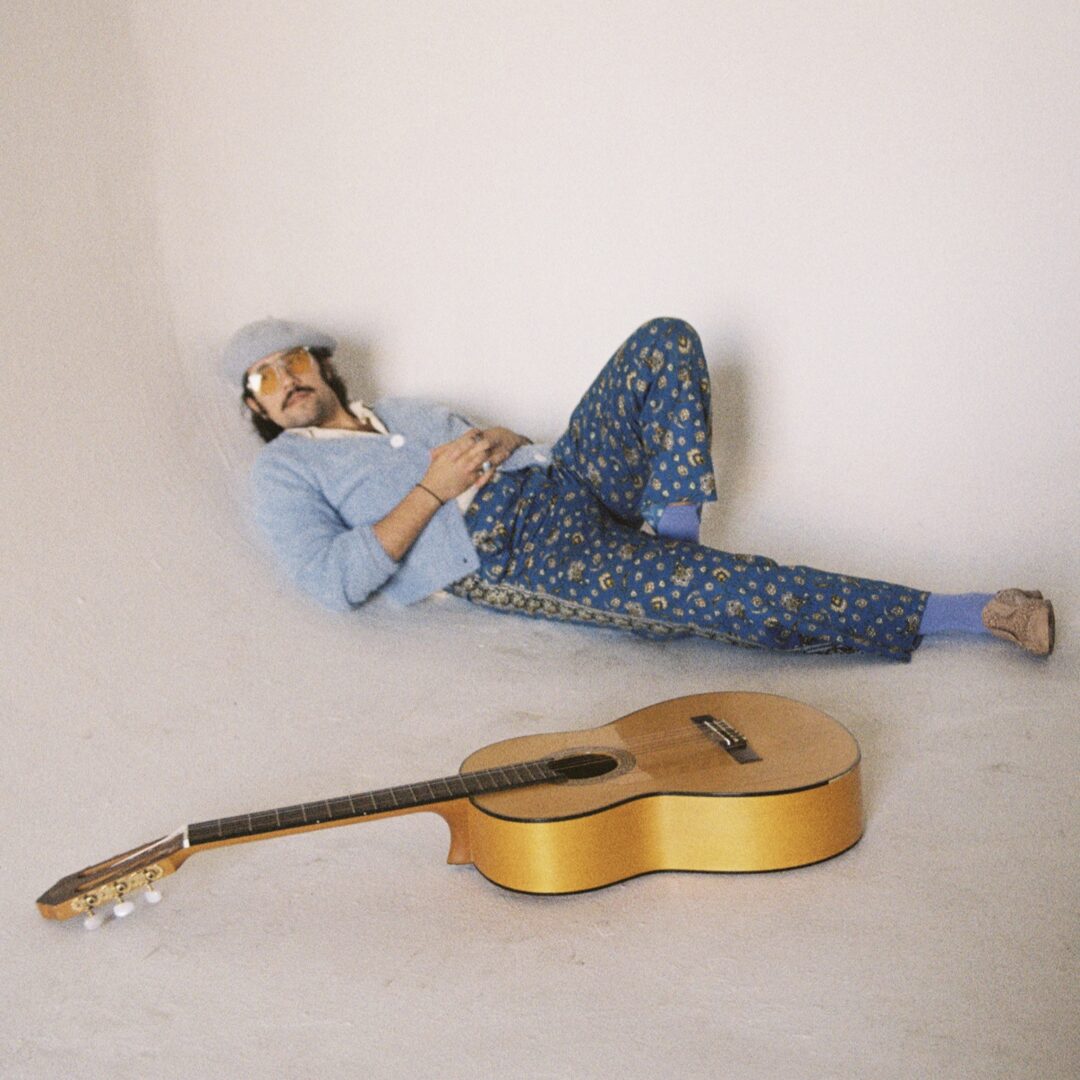We recently connected with Shelli Rottschafer and have shared our conversation below.
Hi Shelli, appreciate you sitting with us today to share your wisdom with our readers. So, let’s start with resilience – where do you get your resilience from?
Currently, I am in my second act as I have returned to graduate school to study poetry and nature writing. Previously, I was / am a Professor of Spanish who taught at a small liberal arts college in western Michigan. Writing has always a been a passion of mine, and after teaching for 17 years at that particular college, and for 27 years overall I made a life change. I have always been an advocate, whether for environmental or social justice. I am staunch believer that Women’s Rights are Human Rights, and our humanity is intrinsically connected to place, and how we interact with other beings.
That is how I gather resilience, within community both human and nature. I find strength returning to the landscapes that help me breath. As I exhale, those beings inhale my presence, and visa versa. It is a reciprocal relationship that keeps me going.

Thanks, so before we move on maybe you can share a bit more about yourself?
I am a poet and my voice finds its locale in environmental and social justice.
Recently, I was published and awarded an Honorable Mention for the inaugural Water Trust Writing Contest in support of Colorado Rivers for the Colorado Water Trust
www.ColoradoWaterTrust.org
The poem, “Where we must go” is inspired by Robert W. Service’s poem “The Call of the Wild”. My piece was written in reflection after having hiked along Horse Tooth Reservoir State Park near Fort Collins, Colorado where the Cercocarpus montanus (Alderleaf Mountain Mahogany) were in bloom.
Where we must go
Have you hiked along the shoreline,
where sandy-bottoms expose?
Cottonwoods bare root systems
intertwine in finger-like intimacy
Have they caressed eroded spaces,
hollowed out to shelter?
The shadows leech and ebb, surge and lap
A lubb-dubb cardiac-song humans no longer hear.
Have you felt the rains
that thunder ushers in?
Whose echoes bounce the red rock timpani
as girasoles bend
Have they, in their saturated submission
bowed to a contra-tiempo?
That grows in elevation
baton poised toward four directions
Then you have crested
a wake of repetition
Colonized extraction now self-sustained
It is calling – those mahogany mountains
A whispered night wind asking:
Can you resurrect it?
Let us – plant it rose-hued
Let us lead – that semidesert kingdom come
Because the wild keeps on calling, it’s a calling
where we must go…

Looking back, what do you think were the three qualities, skills, or areas of knowledge that were most impactful in your journey? What advice do you have for folks who are early in their journey in terms of how they can best develop or improve on these?
One of my skills, in speaking and writing, is codeswitching between all of my languages: Spanish, English, Spanglish, the Natural World, and the female body.
Here, I will define code switching, which is when an individual is fluent (culturally, conversationally, and alphabetically; ie. can read and write) in at least two languages, if not more. Thus, when speaking or writing, that individual substitutes a word or phrase while speaking or writing in the other. In this way, their language communication is amplified, augmented, and spiced by the usage of multiple languages. It is not a deterrence but an additive. It is not exclusionary but inclusionary.
This explanation also considers Robin Wall Kimmerer’s essay, “Learning the Grammar of Animacy” published in Colors of Nature: Culture, Identity, and the Natural World (2011). She states, “To be native to a place we must learn to speak its language” (167). As a scientist, she, “did learn another language, of careful observation, an intimate vocabulary that names each little part. To name and describe you must first see, and science polishes the gift of seeing. Science is a beautiful language, rich in particulars, revealing the intricate mechanisms of the world” (168).
Kimmerer’s grammar of animacy addresses the living world as we do our family, because it is our family. Not just our human relatives, but all our relations. In this way, language reminds us, in every sentence, of our kinship with all the animate world (174).
Like Kimmerer, my hope is to step into new countries of understanding through my words in English, Spanish, and Spanglish as well as coming from the body and the natural world. Through being raw upon the page, I aspire to reach an audience who also needs to hear/read these lines; and thus create solidarity through the multiplicity of my languages.
In my opinion, these skills, of learning to communicate with others, and to develop a means of empathy, will improve our communities as a whole.

As we end our chat, is there a book you can leave people with that’s been meaningful to you and your development?
Linda Hogan’s essay “All My Relations” published in “A Road of Her Own: Women’s Journeys in the West”. Ed. Marlene Blessing. Golden: Fulcrum Publishing, 2002. (127-130), is an excellent read.
A Road of Her Own is a collection of essay written by and for women. It takes the metaphor of the road, symbolizing freedom, and inspiring new paths. Hogan’s piece “All My Relations” considers ceremony, specifically a sweat lodge ceremony, but truly any, “ceremony itself includes not just our own prayers and stories of what brought us to it, but also includes the unspoken records of history… all the other lives connected to ours.. and all other creatures” (127-128).
Remembering this is the purpose of the ceremony. It is part of a healing and restoration… [In saying the words], “All my relations: those words create a relationship with other people, with animals, with the land.” (129).
The intention of a ceremony is to put a person back together by restructuring the human mind. This reorganization is accomplished by a kind of inner map, a geography of the human spirit and the rest of the world. We make whole our broken-off pieces of self and world. Within ourselves, we bring together the fragments of our lives in a sacred act of renewal, and we reestablish our connections with others (129).
Like Linda Hogan’s ceremony, author Jim Harrison has what I would call a “theory of thickets” which he describes in his memoir “Off to the Side” (2002, pp 105-106). Thickets are your quiet space, your sacred place, a location where you feel [most] comfortable. Thickets can be literal thickets, a spot on the ground or an emerging stump which is surrounded by brush, it hides you inside. Thickets can be your local bar stool, where everyone knows your name (and asks you about yourself when you need conversation, or knows when to let you contemplate your silence). Thickets can be philosophical, a place in your mind where you repose.
When we take a part of ceremony, when we go to our thicket we notice what, Linda Hogan explains, “is called in” (129).
What enters our mind-space, what travels from afar. What does one see? Inhale?
These observances make us acknowledge that we are part of something larger where the ordinary becomes the extraordinary; the particular the spectacular.

Image Credits
The photographer of all of these images is my partner, landscape photographer Daniel Combs.
Daniel’s website is: www.danielcombsphotography.com
Photographer Artist Statement:
Daniel Combs grew up in the Upstate New York town of Waterford. After college in Michigan, he traversed the U.S. with stints in Burlington, Vermont, Seattle, Washington, New York City, and Grand Rapids, Michigan. He now divides his time between Louisville, Colorado in Boulder County upon the Front Range and at the foothills of the Sangre de Cristo Mountains in El Prado, Nuevo México where he lives with his partner, poet Shelli Rottschafer, and their Pyrenees-Border Collie rescue pup. His passion, which has developed over the years, is photography.
Daniel’s photography observes human-scapes as well as nature-scapes. He hopes that his images invoke a connection to a sense of place and one’s personal beliefs which fuse harmony with one’s land-of-origin as well as one’s land-of-belonging. He aspires that his images promote justice and animacy through giving voice to land and identity.
Please consider subscribing to our collaborative Substack, “Pictures to Ponder, Words to Read”: https://substack.com/@rottschafercombs/note/p-154625081?utm_source=notes-share-action&r=2katco
so if you or someone you know deserves recognition please let us know here.




